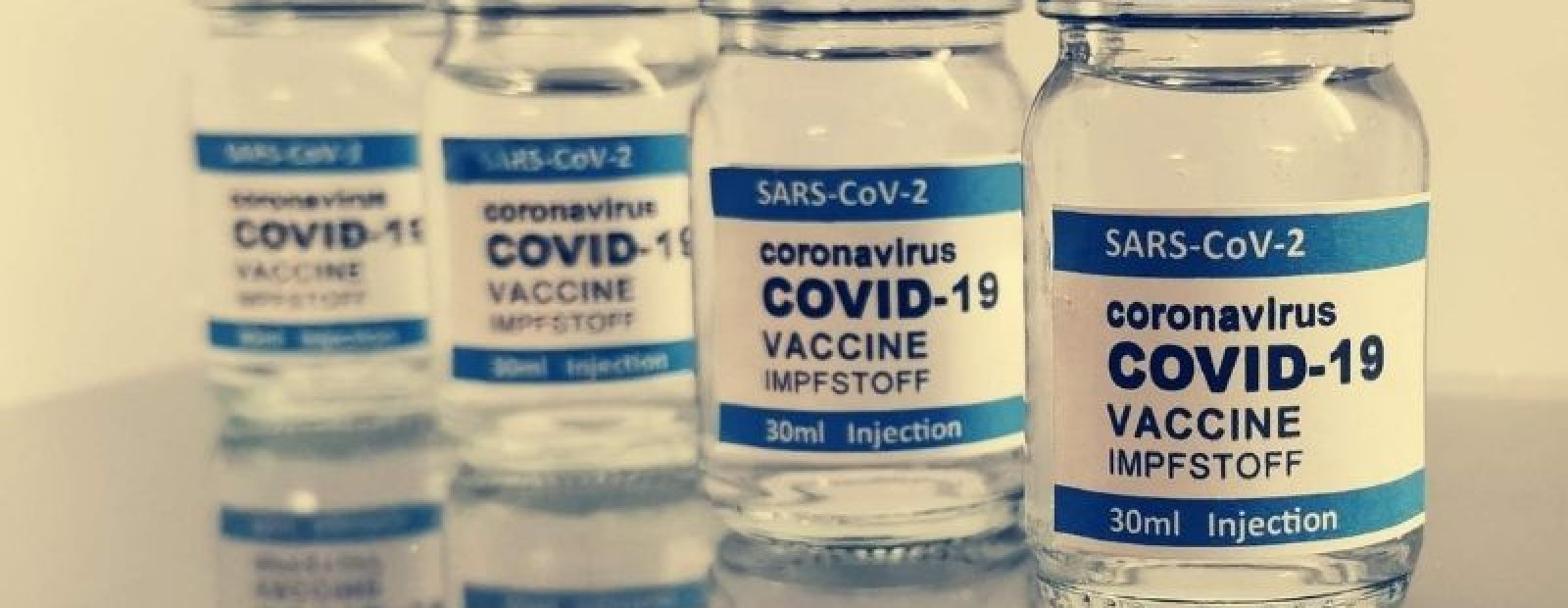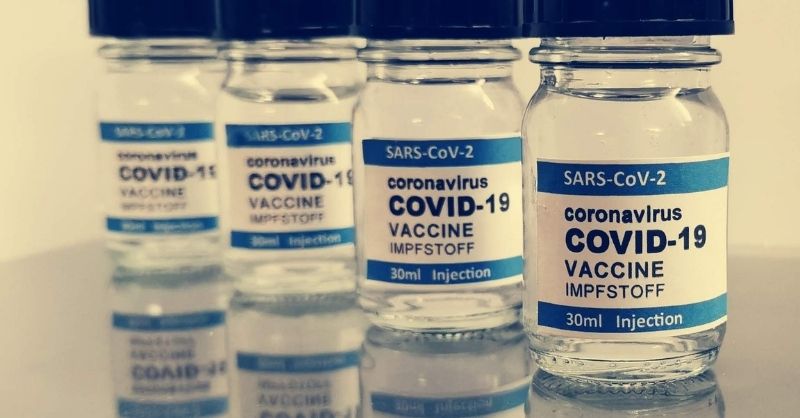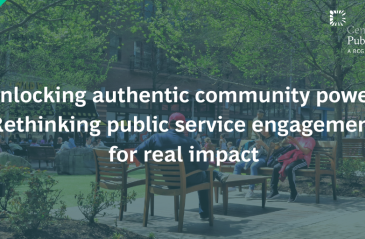
The power of storytelling in climate leadership


Targeted approaches are needed for equitable #COVID19 vaccine distribution across the U.S. @RockefellerFdn & @CPI_foundation released a Blueprint for Equitable Vaccination Centers to help ongoing efforts.
Share articleHow can we build equitable vaccination centres? A new blueprint by @RockefellerFdn & @CPI_foundation says sites must reach, inform, and empower local residents to make an informed decision and prioritize their long-term health.
Share articleTo ensure #COVID19 vaccination efforts prioritize equity, public health officials and community leaders recognize the need to launch targeted efforts and draw on trusted local partnerships to reach select zip codes and demographic groups.
Share articleWe put our vision for government into practice through learning partner projects that align with our values and help reimagine government so that it works for everyone.
Public health officials and community leaders recognize the need to launch targeted efforts and draw on trusted local partnerships to reach select zip codes and demographic groups. To be successful, a vaccination center must reach, inform, and empower local residents to make an informed decision and prioritize their long-term health.
Build on existing relationships with residents and community organizations. Local organizations, such as places of worship or homeless shelters, have already built trust with many target communities. Rather than starting from scratch, work with these partners to inform and register community members for vaccine appointments. Continue to support these partners and community organizations in a post-emergency world.
Use clear, culturally responsive messaging. Populations communicate in different languages, dialects, and styles, so a one-size-fits-all message will fail to reach everyone. All informational flyers, social media posts, and signage should reflect feedback from the community and faith-based organizations, and outreach should be multilingual and based on the prevalent languages of community members.
Empower individuals to make informed decisions. Many individuals who have yet to get the vaccine still have questions. Speak to residents’ legitimate concerns, acknowledging the uncertainty, and offer honest information about what is known and unknown, rather than minimizing feelings of anxiety.
Lower barriers by incorporating vaccination centers into community events. Instead of stand-alone clinics, embed vaccination sites into events where many stakeholders (exhibitors, vendors, civic groups, religious groups) are represented, which helps to normalize the process and make it less intimidating. Make vaccination centers a regular part of health fairs or city festivals to expand access in low-pressure environments.
Track data to measure the success of your equity strategy. Without evaluating vaccination metrics, such as uptake data by race and ethnicity, age, zip codes, or health indices, public health and community leaders do not know if they are reaching their target populations. Use the metrics to inform decisions on location, means of communication, and message content.
Use vaccination as a starting point for long-term community health. The lack of longstanding relationships with healthcare providers is one reason that reaching target populations has been difficult. Make use of vaccinations to connect residents with primary care physicians to lay the foundation for sustainable health care.

Public health officials and community leaders recognize the need to launch targeted vaccination efforts and draw on trusted local partnerships to reach select zip codes and demographic groups.












